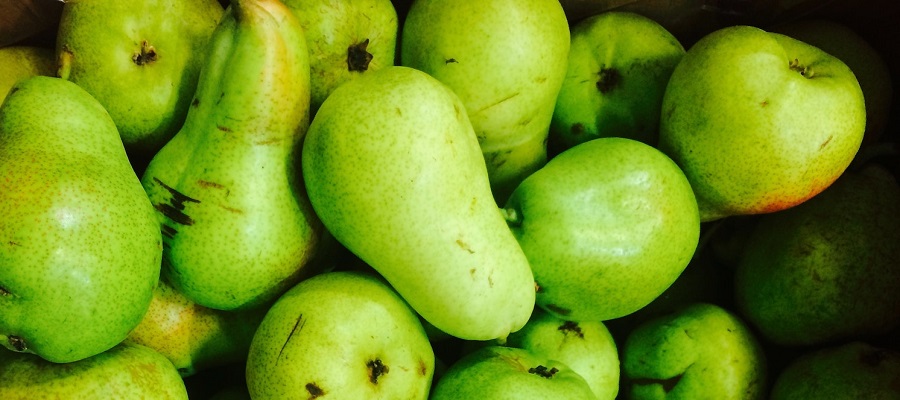Introduction
Pears are a type of fruit that belongs to the Rosaceae family, which also includes apples and peaches. They have a unique shape, with a rounded bottom and a tapered top. Pears typically have a thin, edible skin that can range in color from green to yellow, red, or brown, depending on the variety. The flesh of a pear is juicy, sweet, and creamy, and it surrounds a central core that contains seeds.
Pears are known for their refreshing taste and are enjoyed worldwide. They can be eaten fresh, added to fruit salads, or used in various culinary preparations, including pies, tarts, jams, and preserves. Pears are also used in beverages such as juices and ciders. They are not only delicious but also provide several health benefits as they are a good source of dietary fiber, vitamin C, and other essential nutrients.
There are many different varieties of pears, each with its own unique flavor and texture. Some popular varieties include Bartlett, Anjou, Bosc, Comice, and Asian pears. Pears are typically harvested in the late summer and fall, depending on the region.
Overall, pears are a versatile and nutritious fruit that adds a delightful taste and texture to various dishes and can be enjoyed as a healthy snack.
- Pears have been cultivated for thousands of years and have a rich history.
- There are many different types of pears, each with their own unique flavor and texture.
- Eating pears has numerous health benefits, including improved digestion and a reduced risk of chronic diseases.
Growing Pears
- Pears require a specific climate and soil type to thrive.
- When planting pear trees, it's important to choose the right location and prepare the soil properly.
- Caring for pear trees involves regular pruning, fertilizing, and pest control.
Harvesting and Storing Pears
- The best time to harvest pears depends on the variety and the desired ripeness.
- Pears should be picked carefully to avoid damaging the fruit.
- Storing pears properly can help extend their shelf life and prevent spoilage.
Cooking with Pears
- Pears can be used in a variety of sweet and savory dishes, from salads to desserts.
- Preserving pears through canning or freezing can help you enjoy them year-round.
- Pears pair well with many other foods, including cheese, nuts, and chocolate.
Pear Varieties
- Bartlett pears are the most common variety in the United States and are known for their sweet, juicy flavor.
- Anjou pears are versatile and can be used in both sweet and savory dishes.
- Bosc pears have a distinct shape and texture, making them a popular choice for baking and poaching.
- Comice pears are often used in gift baskets and have a buttery texture and sweet flavor.
- Seckel pears are small and sweet, making them a popular choice for snacking and garnishing.
Pear Nutrition
- Pears are low in calories and high in fiber, making them a great choice for weight management and digestive health.
- They also contain vitamins C and K, as well as antioxidants that can help reduce inflammation and prevent chronic diseases.
- Eating pears regularly has been linked to improved gut health and a reduced risk of certain types of cancer.


